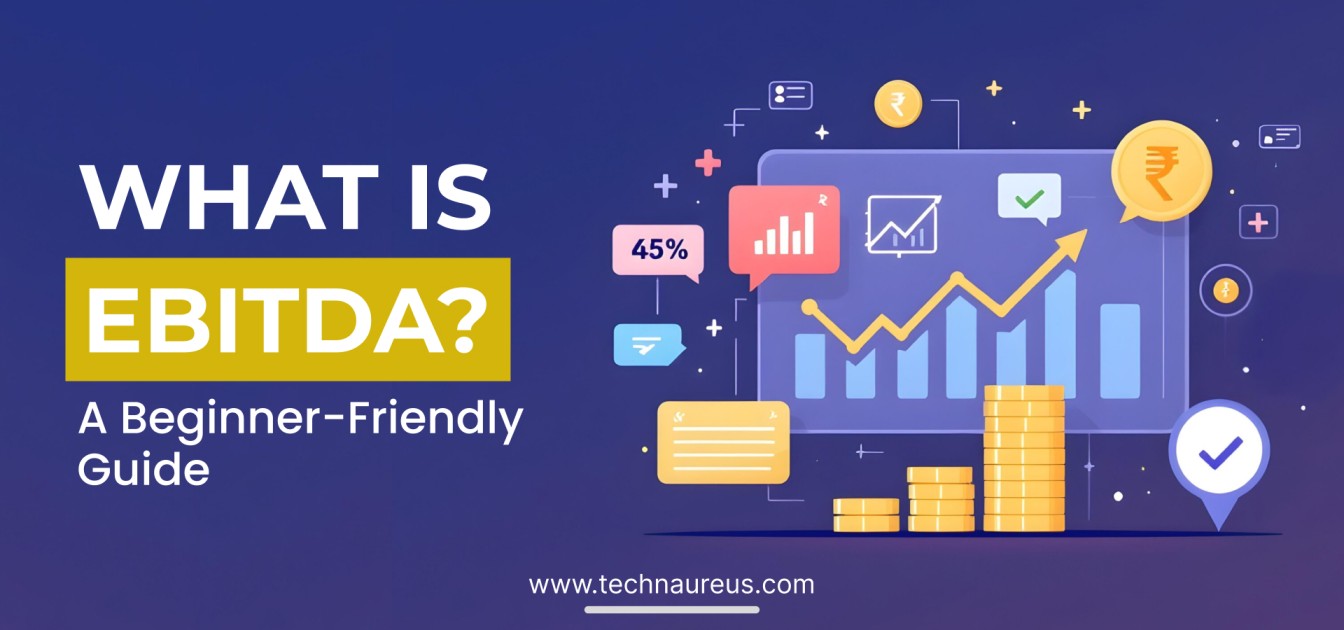Harshith KHJuly 28, 2025
Ever wondered how companies measure profit without all the complicated financial jargon? If you’ve heard the term EBITDA tossed around in earnings reports or investor meetings, you might be asking: What does EBITDA mean, and why should I care?
Understanding EBITDA is crucial for anyone interested in business finances — whether you’re an entrepreneur, investor, or just curious about how companies evaluate performance. Let’s break it down in plain language.
EBITDA stands for Earnings Before Interest, Taxes, Depreciation, and Amortization. In simple terms, it’s a way to look at a company’s profitability before certain expenses are deducted.
Here’s what that means:
By removing these items, EBITDA focuses on core operating performance — essentially, how much profit the business generates from its main activities.
EBITDA is popular because it gives a clearer picture of operational health without being influenced by:
Investors and analysts use EBITDA to:
The most common formula is:
EBITDA = Net Income + Interest + Taxes + Depreciation + Amortization
Or you might see it as:
EBITDA = Operating Profit (EBIT) + Depreciation + Amortization
Imagine a company has:
EBITDA = 100,000 + 10,000 + 20,000 + 15,000 + 5,000 = 150,000
This means the company generated $150,000 from its core operations before those extra costs.
Net Income is the profit after all expenses, including interest, taxes, and depreciation.
EBITDA, on the other hand, strips those out to focus on operating profit. Think of EBITDA as a cleaner view of day-to-day business performance, while net income shows the bottom line.
Companies use EBITDA to:
However, it should always be used with other metrics to get a complete financial picture.
EBITDA means Earnings Before Interest, Taxes, Depreciation, and Amortization — a way to assess operational profit.
Not exactly. Profit (or net income) includes all expenses. EBITDA removes certain costs to focus on operations.
It helps them compare companies fairly and understand core business performance without tax or debt differences.
Yes. A negative EBITDA usually means the company’s core operations are not profitable.
Neither is “better” — they show different things. EBITDA highlights operations, while net income shows the full picture.
What do you think — do you find EBITDA helpful for understanding companies?
Share your thoughts or questions in the comments below!

0